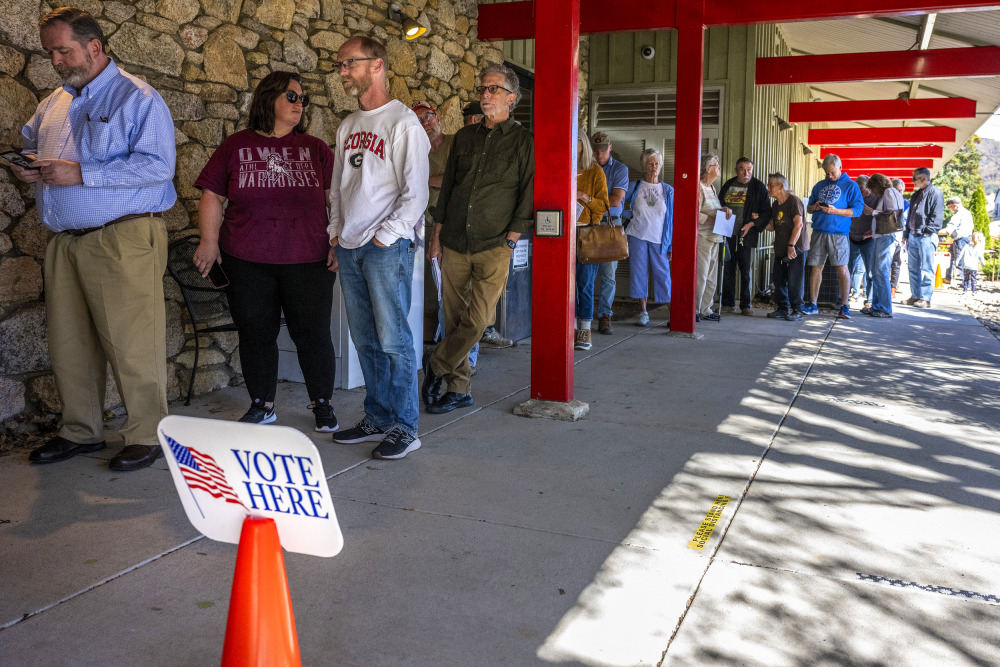
This article is more than
9 year oldPowell email advising Clinton on personal email released
Former secretary of State Colin Powell advised his successor, Hillary Clinton, on how to circumvent federal records requirements in a newly released email exchange about how best to handle communications over digital devices.
The email, dated two days after Clinton was sworn into office in 2009, was released by Rep. Elijah Cummings, the top Democrat on the House Oversight Committee. Cummings also included documentation showing that, during his tenure, Powell had sent classified emails over his private AOL account - but as of July, had still not responded to a request to contact his service provider to retrieve them.
"I had an ancient version of a PDA and used it," Powell said in the exchange with Clinton. "If it is public that you have a Blackberry," he said, "it may become an official record and subject to the law."
"Be very careful," warned Powell. "I got around it all by not saying much and not using systems that captured the data," he said, referring to private discussions outside the agency's classified system.
The exchange shows that Powell gave Clinton “a detailed blueprint on how to skirt security rules and bypass requirements to preserve federal records, although Secretary Clinton has made clear that she did not rely on this advice," said Cummings. It "also illustrates the longstanding problem that no secretary of State ever used an official unclassified email account until the current secretary of State," said Cummings.
Republicans are pressing for additional investigations into Clinton's use of a private email server after FBI director James Comey declined to press criminal charges, even as he concluded that Clinton was "extremely careless" in her use of a private server. The email corroborates what Clinton told the FBI about Powell's advice to her, according to transcripts of her interview released last week.
In both 2014 and 2015, the State Department asked Powell to provide all of his records that were not in the agency’s record-keeping system. In March of 2015, Powell said during an appearance on ABC’s This Week that he no longer had emails from his personal account: “I do not have thousands of pages somewhere in my personal files," he said.
As of July, Powell still had not responded to a request to contact AOL. The Powell emails containing classified information had been identified by the agency's inspector general in February.
"The Republican obsession with Secretary Clinton has reached a fever pitch, and they have been using taxpayer resources to single her out in a desperate and abusive attempt to hurt her presidential campaign," said Cummings.
"If Republicans were truly concerned with transparency, strengthening FOIA, and preserving federal records, they would be attempting to recover Secretary Powell’s emails from AOL, but they have taken no steps to do so despite the fact that this period — including the run-up to the Iraq War — was critical to our nation’s history," said Cummings.
The release also shows the nature of Clinton's original solicitation for advice, dated Jan. 23 of 2009: "What were the restrictions on your use of your blackberry? Did you use it in your personal office? I've been told that the DSS personnel knew you had one and used it but no one fesses up to knowing how you used it! President Obama has struck a blow for berry addicts like us."
Powell has disputed the suggestion that he played a role in Clinton's decision to use a private system. “The truth is she was using it (her personal email) for a year before I sent her a memo telling her what I did," Powell told the New York Post in August. "Her people have been trying to pin it on me," he said.




